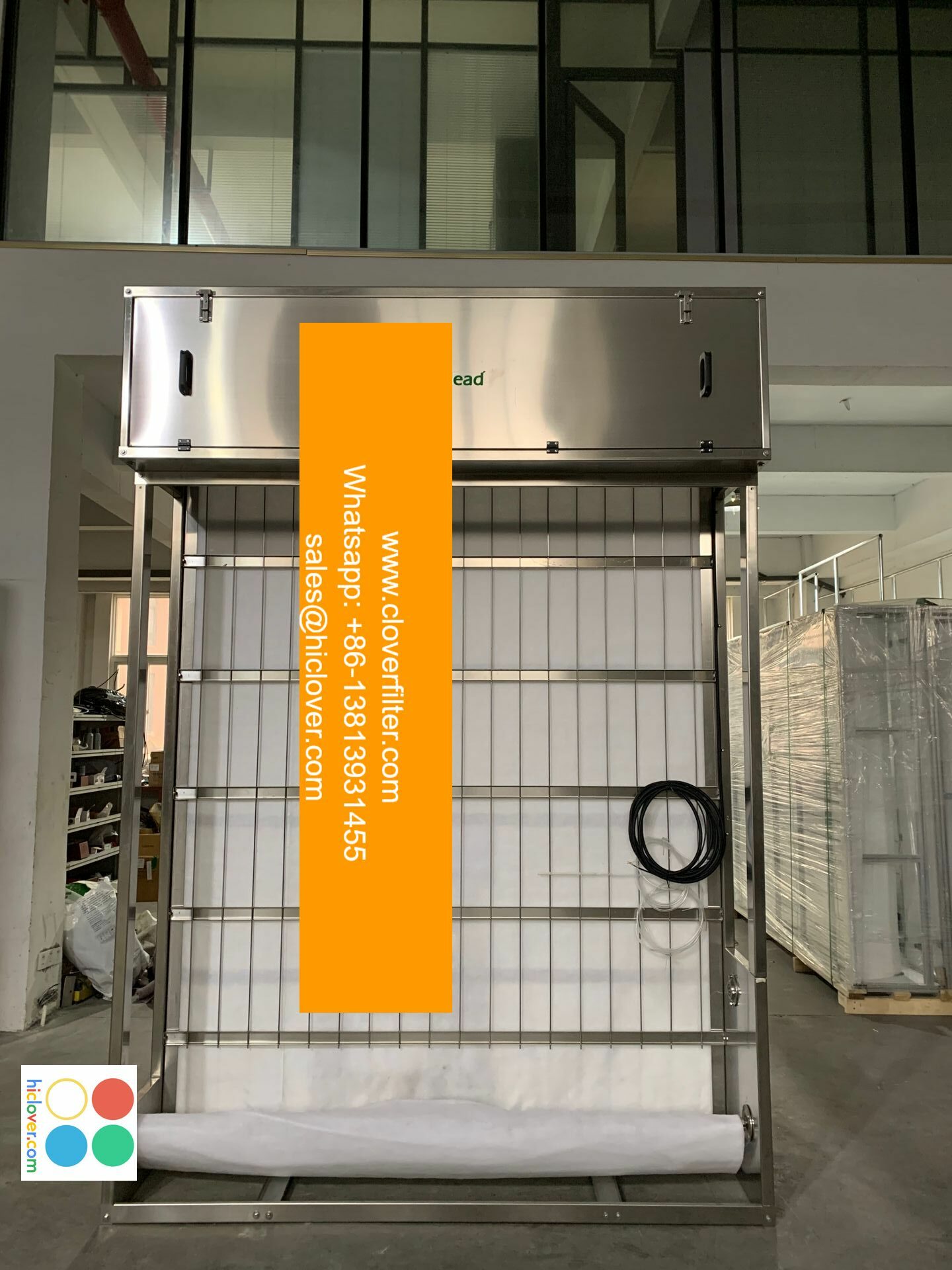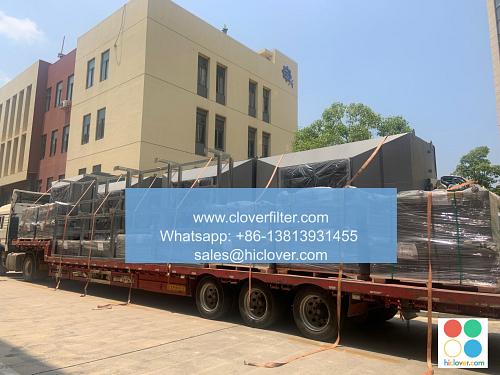How to Choose the Right Air Filter for Your Hospital

Choosing the right air filter for a hospital setting is a critical decision that can have a significant impact on indoor air quality (IAQ), patient safety, and healthcare-associated infection (HAI) prevention. With numerous air filter options available, it can be overwhelming to determine which one is best suited for your hospital’s specific needs. In this article, we will explore the key factors to consider when selecting an air filter and highlight various application areas where specific types of filters are particularly useful.
Understanding Hospital Air Filtration Needs
Hospitals require a high level of air filtration to remove airborne pathogens, allergens, and other contaminants that can compromise patient health and safety. The air filtration system must be designed to handle the unique demands of a hospital environment, including high traffic, diverse patient populations, and the presence of hazardous materials.
Key Factors to Consider
When selecting an air filter for your hospital, consider the following key factors:
* Filter Efficiency: Look for filters with a high minimum efficiency reporting value (MERV) rating, which measures a filter’s ability to capture particles of different sizes.
* Filter Type: Choose from a range of filter types, including HEPA filters, activated carbon filters, and electrostatic filters, each with its own unique benefits and applications.
* Airflow Rate: Ensure the filter can handle the required airflow rate to maintain a safe and healthy indoor environment.
* Maintenance and Replacement: Consider the ease of filter maintenance and replacement to minimize downtime and ensure continuous air quality control.
Application Areas
Different areas of the hospital require specific types of air filters to address unique air quality challenges. Some key application areas include:
* Operating Rooms (ORs): HEPA filters are often used in ORs to provide a high level of airborne pathogen removal and minimize the risk of surgical site infections (SSIs).
* Patient Rooms: Activated carbon filters can be used to remove volatile organic compounds (VOCs) and other gases that can compromise indoor air quality.
* Isolation Rooms: HEPA filters with a high MERV rating are essential in isolation rooms to prevent the spread of airborne pathogens and protect immunocompromised patients.
* Laboratories and Pharmacies: Electrostatic filters can be used to remove particulate matter and bioaerosols in these areas, where air quality control is critical.
Conclusion
Choosing the right air filter for your hospital requires careful consideration of various factors, including filter efficiency, type, airflow rate, and maintenance requirements. By understanding the unique air quality challenges in different areas of the hospital and selecting the appropriate filter type, you can help ensure a safe and healthy indoor environment for patients, staff, and visitors. Remember to prioritize indoor air quality and patient safety by selecting a high-quality air filter that meets the specific needs of your hospital. It looks like you haven’t given me a prompt yet! Please go ahead and give me something to work with, whether it’s a question, a topic, or a task. I’m here to help!

